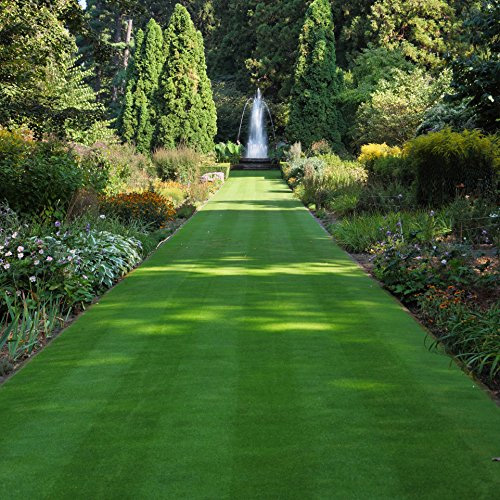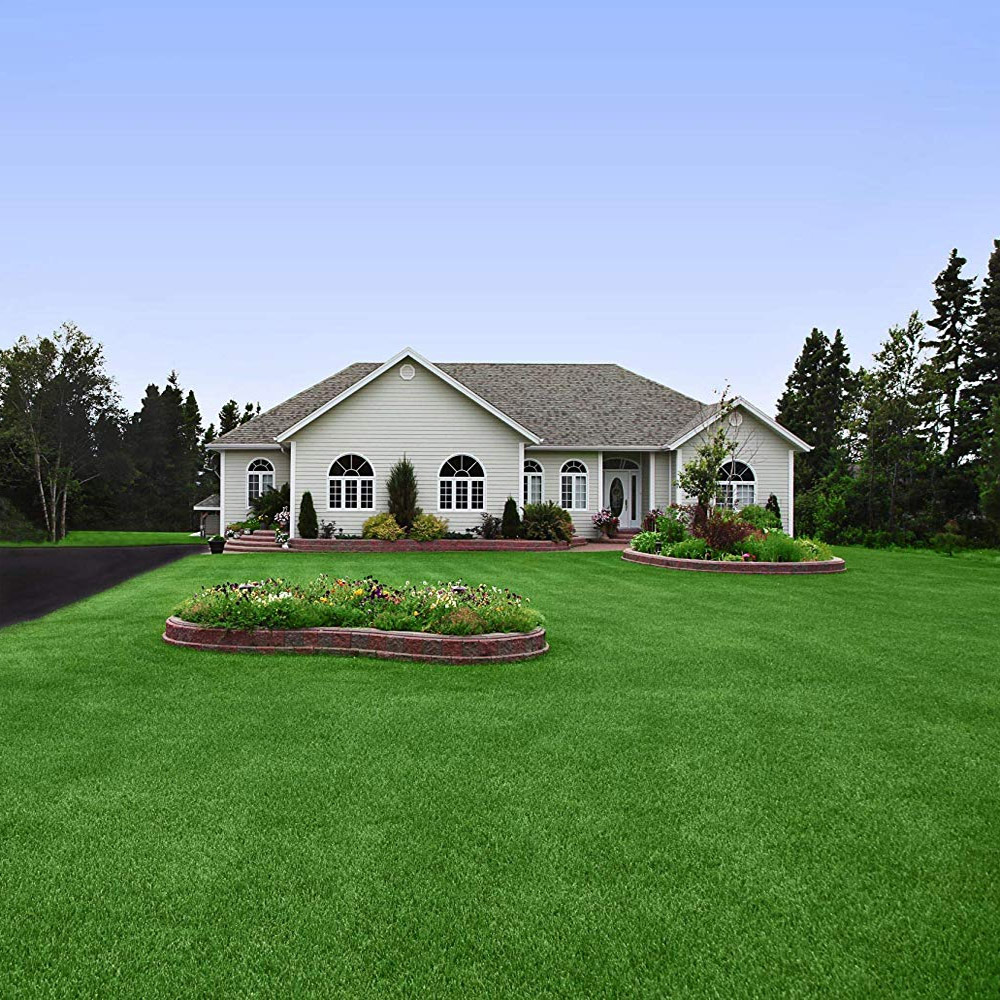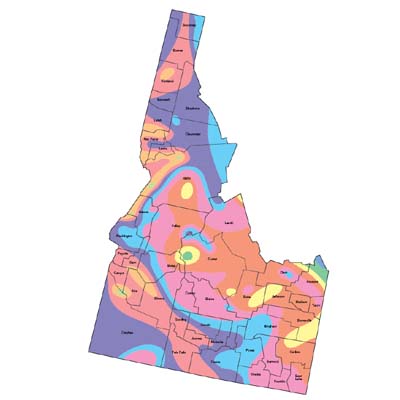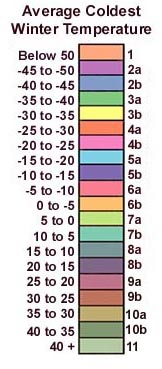
Legacy Fine Fescue
- Close-Mowing
- Lawns
- Resilient
Tall fescue - Turf Type - These grasses are well adapted to a wide range of soil conditions. Tall fescues tolerate heat and drought better than most cool season turfgrasses due to their deep root systems (4 to 6 feet). Fescues can withstand traffic and heavy use and are often used on football and other playing fields. The new turf-type tall fescues, especially the new dwarf varieties are thinner bladed than older varieties. Since fescues do not spread by stolons or rhizomes (except newer types), they do not form thatch. Fescues are usually planted as a monoculture (a pure stand of a single species). They do not accept low mowing. Their fertility requirements are low to moderate
Kentucky bluegrass - This is probably the most traditionally used cool season grass. Monocultures of Kentucky bluegrasses are not recommended in Southern Idaho because of insect and disease problems. Bluegrasses, however, may be a part of most grass mixtures. Bluegrasses are slow to germinate and establish. They are good at repairing damaged turf areas because of their ability to spread. This can be a problem when flower beds border turf areas. Bluegrasses have a moderate to high fertility requirement.
Warm-Season Grasses:
Buffalograss - These warm season stoloniferous grasses, due to their drought resistance, are becoming popular in the West, even in cool season areas. Buffalograsses are resistant to heat and drought. They are well adapted to a wide range of soils, but especially to alkaline conditions and soils of low fertility. Buffalograsses are slow to establish (1 to 3 years) and they require infrequent mowing. Like most warm season grasses, they have a short growing season (4 to 5 months) in the north due to their inability to withstand cold weather. Hence, during half the year or more in Idaho, a buffalograss lawn will be tan or brown in color.
| Click Name To View Grass Seed Choice | Type | Applications | |
|---|---|---|---|
| Buffalo Grass - Buffalo Supreme |
|
Warm Season |
Lawns - High Drought Tolerance - Full Sun Only Southern Idaho |
| Cool Season Mix - Showtime |
|
Cool Season |
Lawns - Full Sun to Moderate Shade Rye, Kentucky Bluegrass, Fine Fescue Mix |
| Cool Season Mix - Garland |
|
Cool Season |
Lawns - Full Sun to Moderate Shade Rye, Fine Fescue Mix |
| Fescue/Bluegrass Mix - Combat Extreme North |
|
Cool Season | Lawns - Wear Tolerant |
| Fescue/Hybrid Bluegrass Mix - Combat Extreme South |
|
Cool Season | Lawns - Wear Tolerant - Extra Heat Tolerance |
| Fescue Blend - Combat Extreme Transition |
|
Cool Season | Lawns - Wear Tolerant |
| Fine Fescue Blend - Legacy |
|
Cool Season | Lawns - Full Sun To Moderate Shade |
| Kentucky Bluegrass - Bluegrass Supreme |
|
Cool Season | Lawns - Golf Gourses - Full Sun |
| Kentucky Bluegrass - Midnight |
|
Cool Season | Lawns - Golf Courses - Full Sun |
| OSP Ryegrass |
|
Cool Season | Lawns - Golf Courses |
| Shade Grass - Poa Supina Mix |
|
Cool Season | Lawns - Full Sun - Deep Shade - Best Shade Grass |


Below is the USDA Zone Map for Idaho so you can determine which zone you reside in. Below that are our picks for your state which will do best in your area. Next on this page are tables which list various grasses and their characteristics so you can compare before you decide on your purchase. Click on the product name (ie. Midnight) for more information about that grass and to make your purchase.
| USDA Zone Map For Idaho | |
|---|---|
 |
 |
| Compare Various Grasses For Their Characteristics | ||||||||
|---|---|---|---|---|---|---|---|---|
| Cool Season Grasses |
Leaf Texture |
Establish Rate |
Nitrogen Use |
Water Use |
Drought Tolerance |
Salinity Tolerance |
Shade Tolerance |
|
| Bentgrass - Creeping | Fine | Moderate to Fast |
Low to Moderate |
High | Poor to Moderate |
High | Poor to Moderate |
|
| Bentgrass - Colonial | Fine | Moderate to Fast |
Low | Moderate | Poor to Moderate |
Moderate | Moderate | |
| Bluegrass - Kentucky | Moderate to Fine |
Slow | Moderate to High |
Moderate to High |
Good | Moderate | Poor | |
| Bluegrass - Rough | Moderate to Fine |
Slow | Moderate to High |
Moderate to High |
Poor | Moderate | Excellent | |
| Fescue - Hard | Fine | Slow to Moderate |
Low to Very Low |
Moderate | Excellent | Low to Moderate |
Excellent | |
| Fescue - Creeping | Fine | Moderate | Low to Moderate |
Moderate | Good | Low | Excellent | |
| Fescue - Turf Type | Moderate to Coarse |
Moderate | Moderate to High |
Low to Moderate |
Excellent | Low | Good to Excellent |
|
| Ryegrass - Perennial | Fine to Moderate |
Very Fast | Moderate to High |
Moderate to High |
Good | Poor to Moderate |
Poor to Moderate |
|
| Compare Various Grasses For Their Characteristics - Continued | ||||||||
|---|---|---|---|---|---|---|---|---|
| Cool Season Grasses |
Fertility Needs |
Wear Resistance |
Mowing Height |
Cold Tolerance |
Acid Soil Tolerance |
Thatching Tendency |
Heat Tolerance |
|
| Bentgrass - Creeping | High | Low | Low | Low | Medium to High |
High | High | |
| Bentgrass - Colonial | High | Low | Low | Low | Medium to High |
High | High | |
| Bluegrass - Kentucky | Medium | Medium to High |
Medium | High | Medium | Medium | Medium | |
| Bluegrass - Rough | Medium | Medium | Medium | High | Medium | Medium | Medium | |
| Fescue - Hard | Low | Low | Medium | Medium to High |
Medium to High |
Low to Medium |
Low to Medium |
|
| Fescue - Creeping | Low | Low | Medium | High | Medium to High |
Low to Medium |
Low to Medium |
|
| Ryegrass - Perennial | Medium | High | Low to Medium |
Medium | Medium | Low | Medium to High |
|